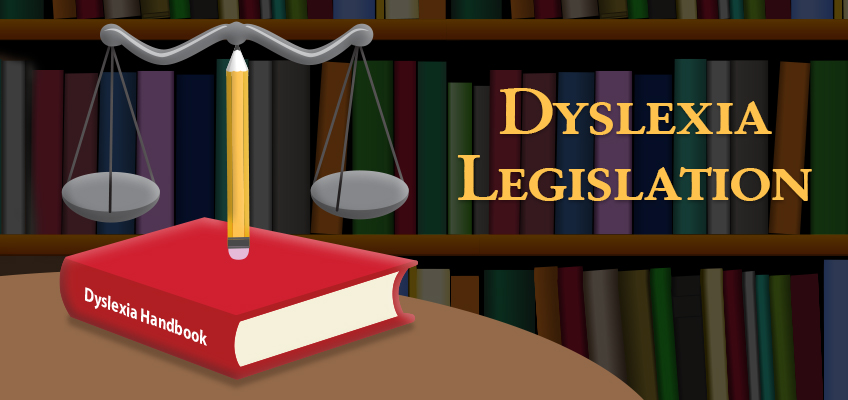The First Step: Passing State Dyslexia Legislation
State dyslexia legislation has the potential to provide much-needed support to help students with dyslexia. For example, such laws can mandate early screening to catch children before they experience failure in early grades. They can require teacher preparation and training to better support educators in their understanding of dyslexia and how to provide targeted instruction for their students. The good news is that in 2020, almost every state in the U.S. has either passed dyslexia legislation or has such legislation pending. Much of this legislative progress can be credited to the parent-led, grassroots Decoding Dyslexia movement.
Decoding Dyslexia chapters provide awareness and support for students, parents, and teachers in every state. Guiding their work to improve literacy outcomes are five key policy components: 1) a universal definition in state education codes; 2) mandatory teacher training; 3) mandatory early screening; 4) mandatory dyslexia remediation programs; and 5) access to appropriate assistive technologies. While passing state legislation is a key objective for advocates, Decoding Dyslexia members recognize there’s often a lag between this crucial first step and implementation. In other words, plenty of work remains to change the educational landscape for individuals with dyslexia.
Next Steps: States Put Laws into Action
In lessons learned from early research on implementation of federal Elementary and Secondary Education Act (ESEA) programs, Dr. Milbrey McLaughlin (1987) wrote that “policy success depends critically on two broad factors: local capacity and will” and that “policymakers cannot mandate what matters” (p. 172). Today’s dyslexia educators and advocates certainly have the will and are working diligently to identify capacity to support implementation.
Deborah Lynam, co-founder of Decoding Dyslexia-New Jersey, shared that when her group helped pass legislation in the state, parents and other advocates quickly realized the individuals “who have to implement the laws may not know best practice.”
To overcome this challenge, Decoding Dyslexia-New Jersey members worked with the New Jersey Department of Education (NJDOE) to bring together experts from across the state for conversations about implementing the new dyslexia legislation. The development of a state dyslexia handbook soon followed. State dyslexia handbooks provide school districts with guidelines and recommendations for educators and administrators to follow as they teach and support individuals with dyslexia. The New Jersey Dyslexia Handbook addresses the five key policy components first mentioned above. It:
- defines dyslexia;
- provides evidence districts can use to evaluate teacher training programs;
- includes information about universal screening and student identification;
- offers guidelines for comprehensive literacy instruction (without endorsing specific products/programs); and
- suggests various accommodations, modifications, and assistive technologies for students.
To guarantee that dyslexia handbooks reflect the most effective decision-making guidance for educators, some states have a dyslexia handbook task force. New Jersey’s task force was a mix of public and NJDOE representatives. Public representatives included parents, professors, literacy specialists, and International Dyslexia Association (IDA) branch members. The group’s diverse membership offered a broad range of expertise and perspectives on learning disabilities. New Jersey is in good company. Currently, 23 states have dyslexia handbooks—up from just a handful two years ago. That number is set to increase because handbooks are pending in several more states.
To learn about other states’ legislation, requirements, and initiatives, visit The National Center on Improving Literacy’s interactive map at https://tinyurl.com/wznczh6.
McLaughlin, M.W. (1987). Learning from experience: Lessons from policy implementation. Educational Evaluation and Policy Analysis, 9, 171-178.
Myers, V. (2018). Voices from the field. Perspectives on Language and Literacy, 44(4), 32-36.
Youman, M., & Mather, N. (2013). Dyslexia laws in the USA. Annals of Dyslexia. 63, 133–153. http://dx.doi.org/10.1007/s11881-012-0076-2
Youman, M., & Mather, N. (2015). Dyslexia laws in the USA: An update. Perspectives on Language and Literacy, 41(4), 10–18.
Youman, M., & Mather, N. (2018). Dyslexia laws in the USA: An update. Perspectives on Language and Literacy, 45(3), 37-41.
Dyslexia Taskforce. (2017). The New Jersey dyslexia handbook.

